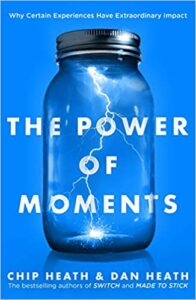Using GOLO in Blog Marketing
I had never heard of GOLO, but once I’d seen the company’s TV commercial, I had a hard time getting it out of my mind. Sure, the name GOLO is catchy, but it was the clever memory hook that did the trick:
- GO LOse weight
- GO LOok great
- GO LOve life
Around six years ago, I’d had a similar experience at a Financial Planning Association meeting. The speaker wanted to convey to us that spending is highest early in retirement and declines with age. He had catchy names for each of three age groups of retired people when it comes to spending needs:
- Go-Go (ages 55-64)
- Slo-Go (Age 65-74 )
- No Go (Age 75 and up )
Since business blog content writers like me are always searching for novel ways to present information to online readers, memory hooks are “a good thing”. The delightful little book, Brain-Boosting Challenges, confirms my instinct about the value of memory hooks.
“A useful technique when learning facts is to contrast them in some way.” Compare-and-contrast is one of several structures we blog writers can use to help customers and prospects derive the greatest use out of the information we’re presenting. Use what they know, comparing your ”new” solution to traditional “old” solutions to the problem your company solves. Compare unfamiliar things to things with which readers are already comfortable.
“Chunking” is a memory device that binds sequential digits or words into groups. Chunking is one way business bloggers can offer technical information in “chewable tablet form”, breaking down information into bite-sized pieces so readers’ brains can more easily digest it. The “reverse” form of chunking is to take individual pieces of information and show how they are related, perhaps in ways readers hadn’t considered.
Bullet points represent a graphic way to organize information, and it seems content writers either love or absolutely abhor them. Myself, I’m kind of partial to those little black dots as a way to keep readers’ attention on track. Like anything else, of course, bullet points can be overused, but they’re certainly visually attractive.
The idea, of course, when it comes to marketing a business or practice through blogging, is not to have the readers memorize your content, but to have them find it – and by association – you, memorable. If the writing style is clear and simple, triggering familiar associations in the readers’ minds, those memorable business blogs can improve their memories, and, quite possibly, your own bottom line!
GO blog!






Follow us online!